How to make comfrey tea – organic plant feed for free
 Lee Burkhill: Award Winning Designer & BBC 1's Garden Rescue Presenters Official Blog
Lee Burkhill: Award Winning Designer & BBC 1's Garden Rescue Presenters Official Blog

Comfrey is an incredible plant as it tolerates nearly all soil conditions and will live in both full sun and shade. Meaning you can grow Comfrey pretty much anywhere no matter what garden soil you have. Comfrey has long been used to help activate compost heaps, brew liquid plant food and help improve vegetable beds as a soil improver. It really is a wonder plant for any garden!
Comfrey can be used to make a liquid plant food or tea. Enabling you to feed your garden fruit, vegetables and plants without spending a penny after buying the perennial plant (meaning it comes back year after year) Comfrey.
Let's take a closer look at why Comfrey is such a fantastic garden plant and fertilizer.
Comfrey is a plant from the Symphytum genus of flowering plants in the borage family known as Boraginaceae. It's a native herb here in the UK and has a variety of medicinal and nutritional uses. Particularly in animal feed. It can live for up to 20 years and is a herbaceous perennial. i.e. it dies back each winter and regrows each spring.
It's not overly vigorous, but you want to leave at least 60-90cm between each plant to give them space to grow. I have 5 Comfrey plants for my acre and a half of a garden. However, most small gardens only need one plant, in my experience, to make enough plant food for each year.
Comfrey used for fertiliser tea is sterile, meaning it's been bred for certain characteristics with the exclusion of setting seed. You need to propagate Comfrey by division or by purchasing small plants that have already been grown.
Did you know that you can take my course and learn how to become a Garden Ninja yourself? Click here for details
There is also some caution about liver damage after a study in rats that were given large amounts of Comfreys alkaloids that caused the rats to suffer liver damage. However, a number of holistic groups claim that eating small amounts of comfrey is harmless, it's even been used as an additive or supplement in the past!
It's never been replicated or further studied in humans. So it goes to say take care whenever eating herbs with unknown side effects. This guide is for use in plant feed which is harmless to humans/animals and has been used for centuries.
Comfrey is known for its ability to store huge amounts of nitrogen, phosphorous and potassium (also known as N:P:K). These are the 3 macronutrients that plants rely on for healthy growth, fruiting/flowering and disease resistance. It also produced high yields with very few care requirements. Ie its a super unfussy plant!
Comfrey Bocking 14 basically taps into nutrients locked away in the depths of your soil, allowing you to then use them. When you compare to well-rotted manure and compost, you can see below the insane levels of Potassium (K) in Comfrey tea as comparison.
| Material | Water % | Nitrogen (N) % | Phosphorus (P) % | Potash (K) % | Carbon: Nitrogen Ratio |
|---|---|---|---|---|---|
| Farm Yard Manure | 76.0 | 0.64 | 0.23 | 0.32 | 14 -1 |
| Wilted Russian Comfrey | 75.0 | 0.74 | 0.24 | 1.19 | 9.8 – 1 |
| Indore Compost | 76.0 | 0.50 | 0.27 | 0.81 | 10 – 1 |
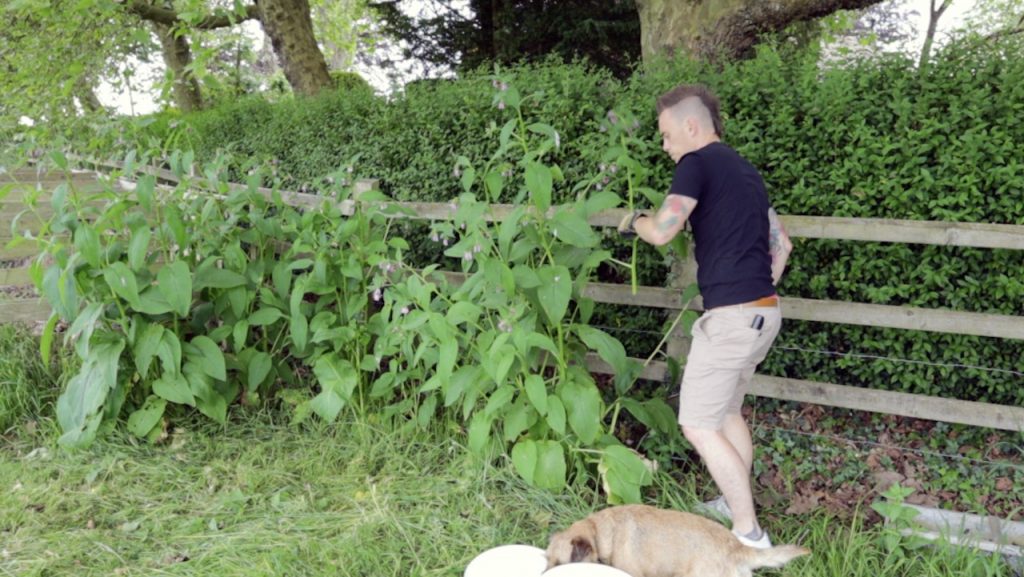
The above were the findings in trials from L D Hills Book 'Comfrey: Past, Present & Future table extract from https://www.allotment-garden.org/comfrey/comfrey-compost-feed-tea/ Just check out the K or potassium/potash column to see how much richer it is!
Comfrey 'Bocking 14' is a variety cultivated by L D Hills, founder of the HDRA (Henry Doubleday Research Association) a horticulturist and writer. He wanted to breed a form of sterile Comfrey (meaning it doesn't waste effort setting seeds where valuable nutrients would be expelled) that could be used to extract high levels of plant nutrients from the soil. You can read a fascinating set of facts on this website all about the background of Comfrey.
It's a customised version of Comfrey taking the very best bits of different breeding examples to create a 'variety' for specific traits. In this case, nutrition and macronutrient extraction from the soil using the Comfreys deep taproots.

You're going to need the following to make Comfrey tea:
1. Comfrey Bocking 14 growing in your garden or a friend's garden
2. A airtight container to hold the leaves and liquid
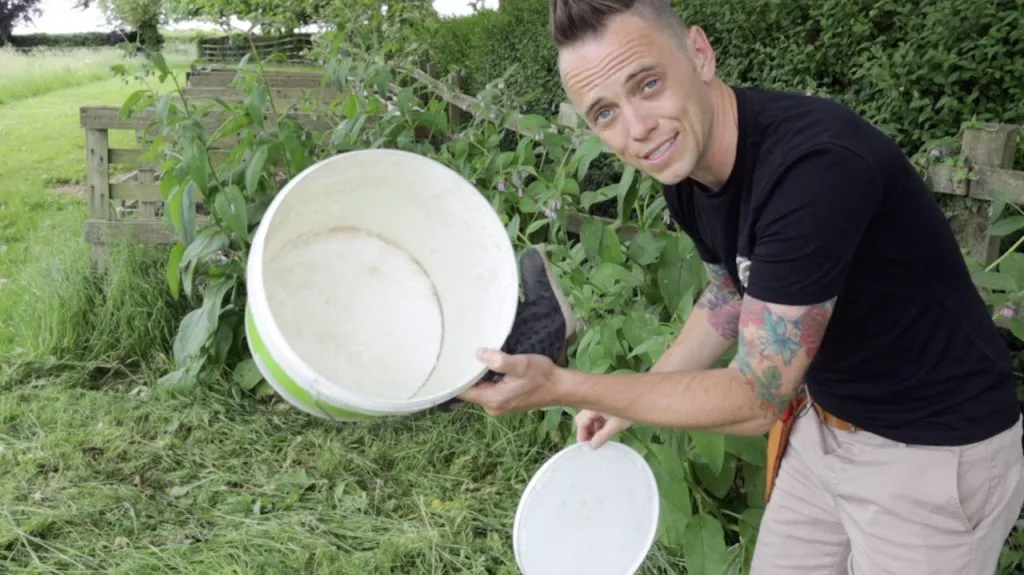
3. Sharp secateurs to cut the Comfrey with
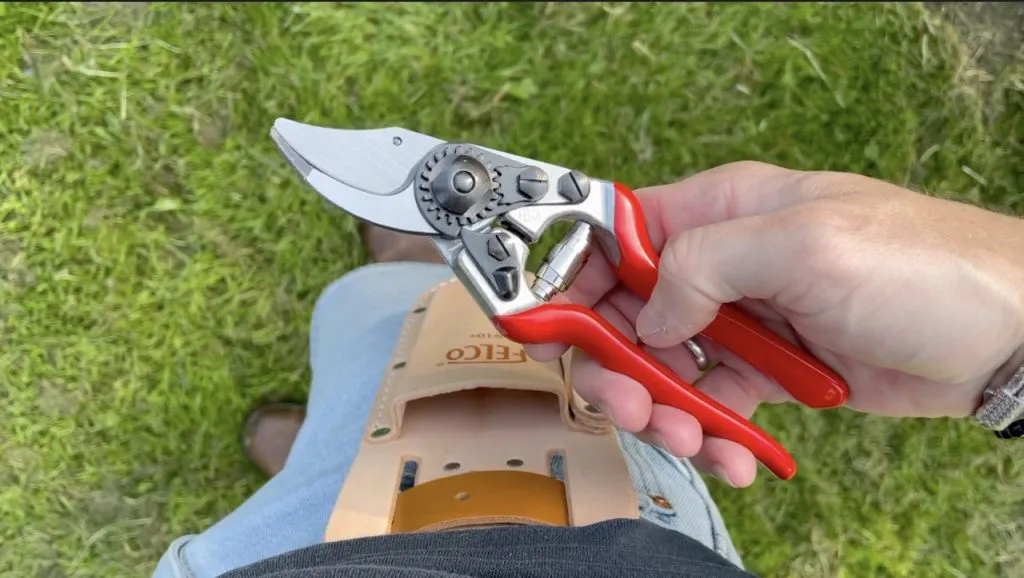
4. Gloves to protect your hands from their rough leaves

5. A pen to label the container
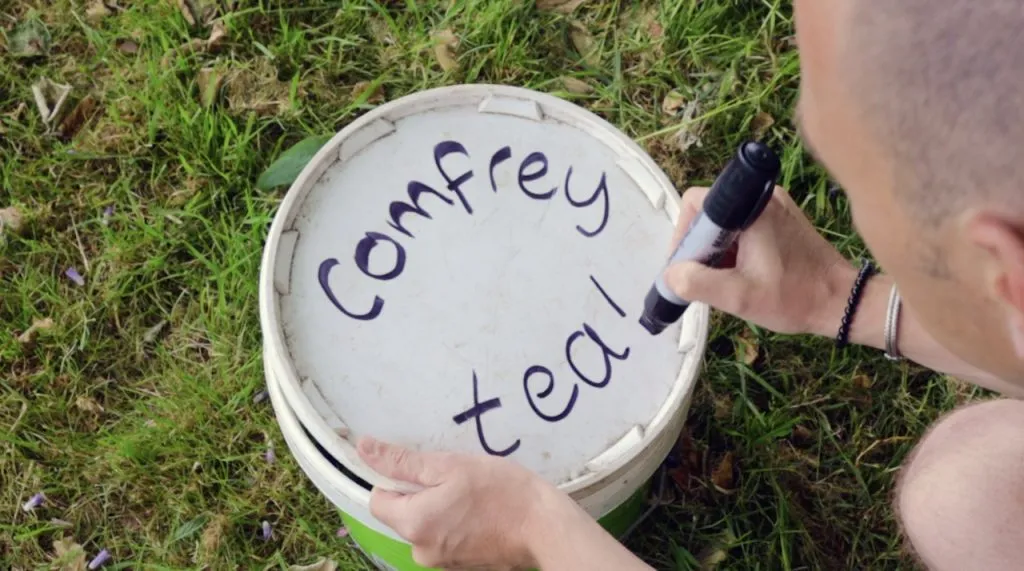
Comfrey tea couldn't be easier to make. However, it does take a bit of patience and also compromise, given how bad it can smell when it's brewed!
However, no other fertilizer in trials comes close to providing the same amounts of macronutrients, so it is worth the wait and the smell! There are less smelly methods, but I find this the easiest without spilling it or needing to make careful dosage rates for dilution. This is a great method for beginner gardeners to create comfrey tea and avoid overfeeding their plants with the wrong dilution rates!
Cut back one of your Comfrey plants, leaving 1/4-1/3 at the base so it can regenerate
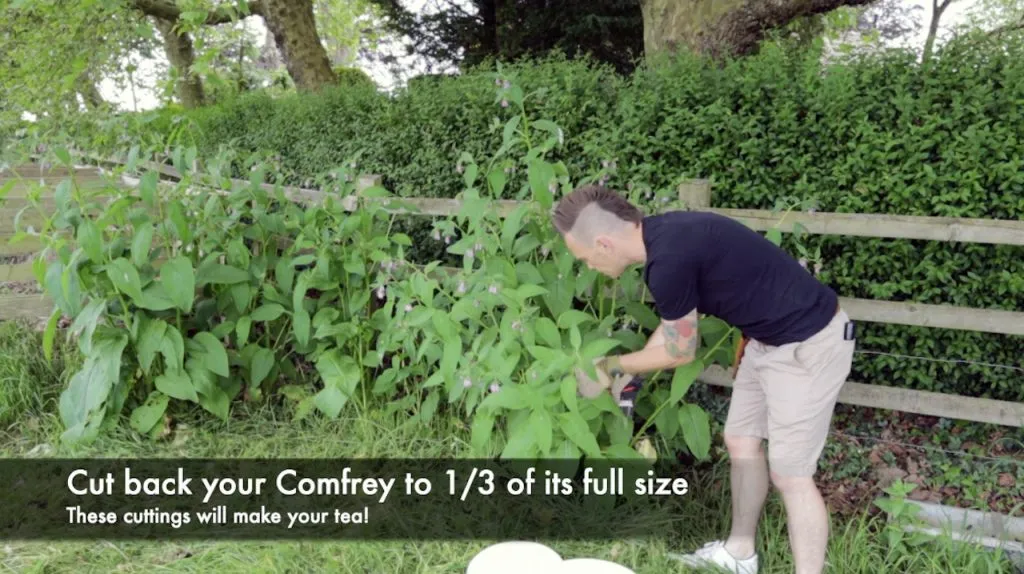
Wearing gloves stip off the leaves of the cuttings and place the stems to one side; we will reuse those later
Place the leaves into the container one on top of the other, fitting as many tightly in as possible. Leave a small gap before the lid, so it doesn't spill over and is easier to decant.
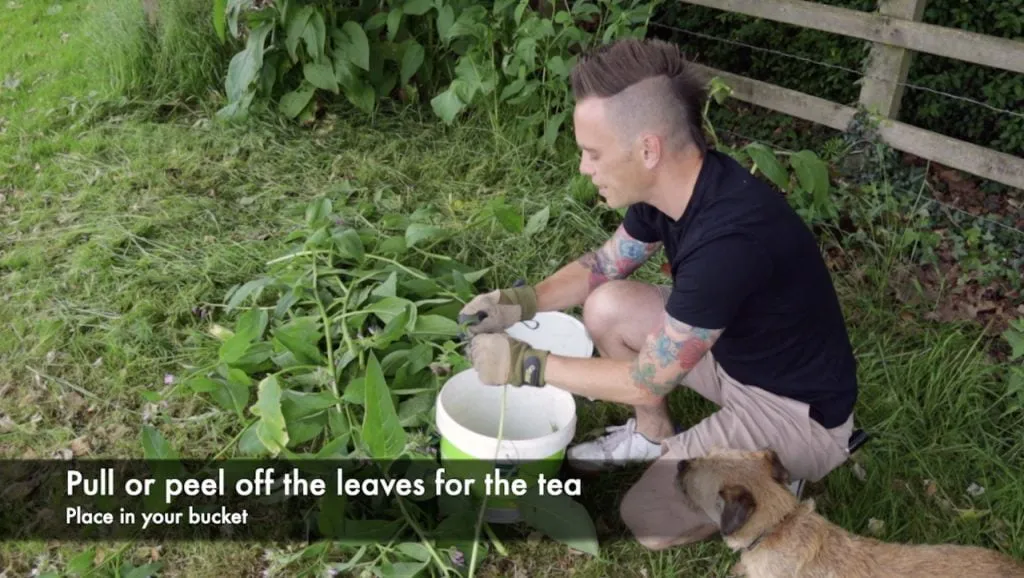
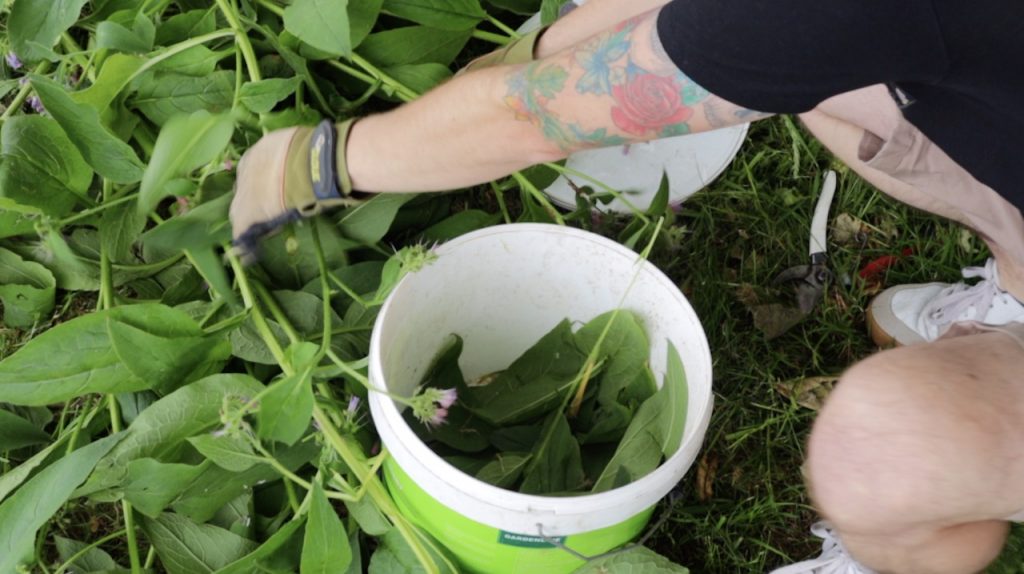
Fill up with water to cover the leaves, depending on the size of the container.
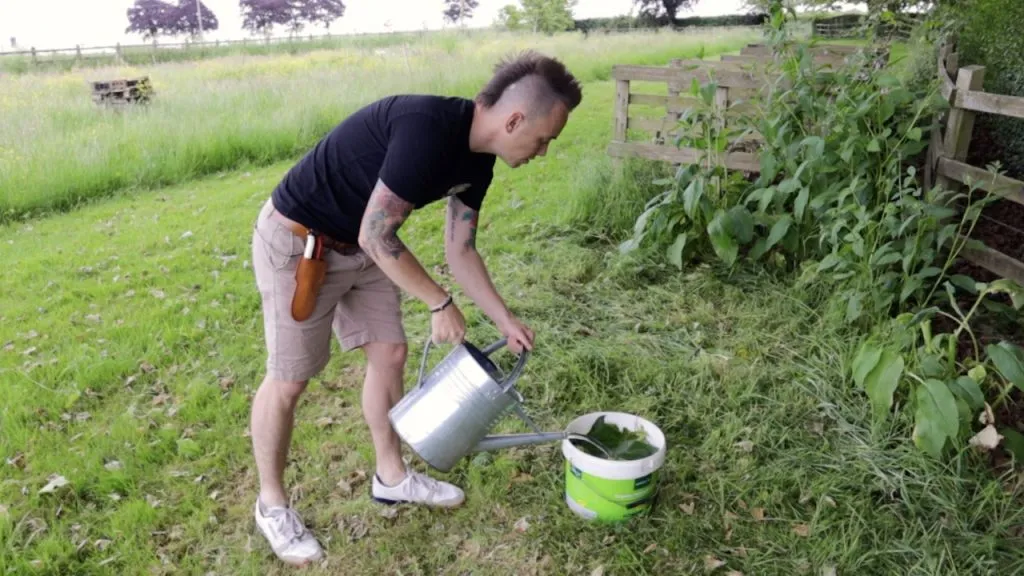
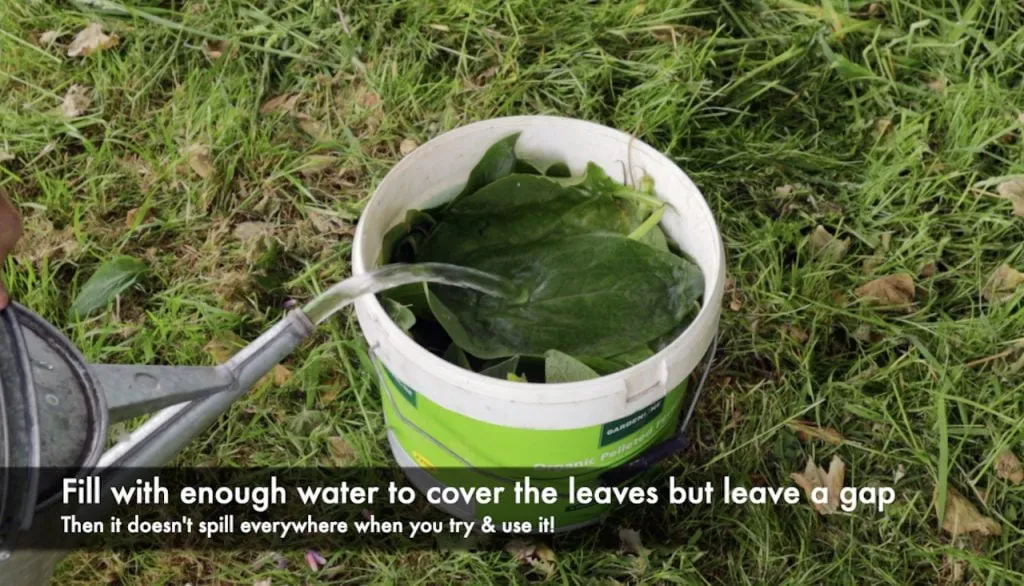
Place the air-tight lid onto the mix and make sure you label it. So you and others know what lurks inside!

Wait 3-6 weeks until the liquid turns brown and smelly. The leaves should have turned into a thick goop by now. If not, return the lid and leave it for another few weeks.
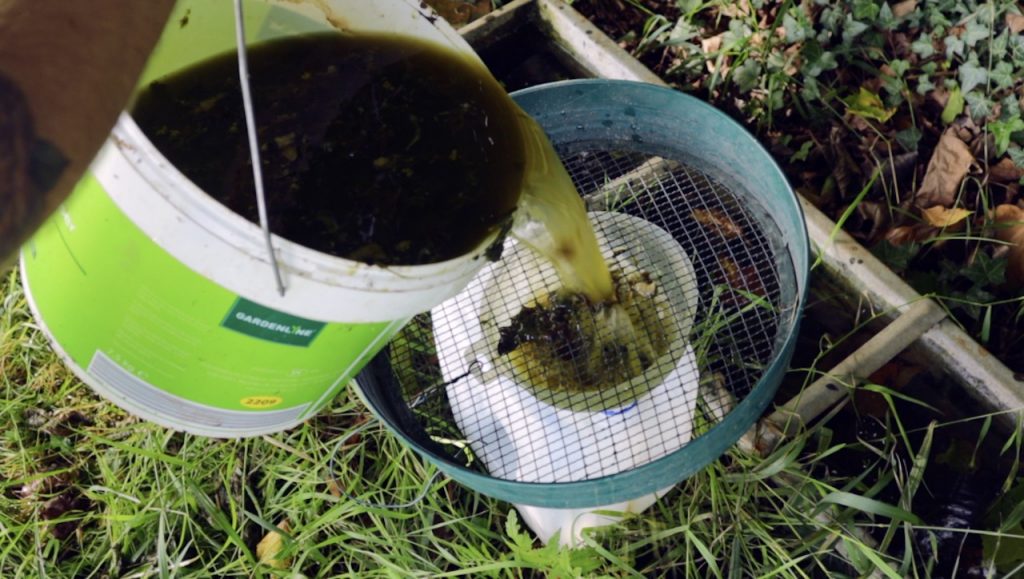
When your Comfrey tea is ready, sieve off the liquid into another container, removing all the goop and debris. This goop can be put in the compost bin or into flower beds.
Then dilute at a ratio of 1:10. Your tea is ready to be applied to your plants and flower beds. Water onto the base of any plants you want to feed!
With this method, you want to dilute the brown liquid 1 part comfrey tea to 10 parts water. This should provide you with the perfect mix. Avoid overfeeding plants; it's not good for them and be wasteful. Better to make a weaker fertilizer than one that's too strong. It does more harm than good.
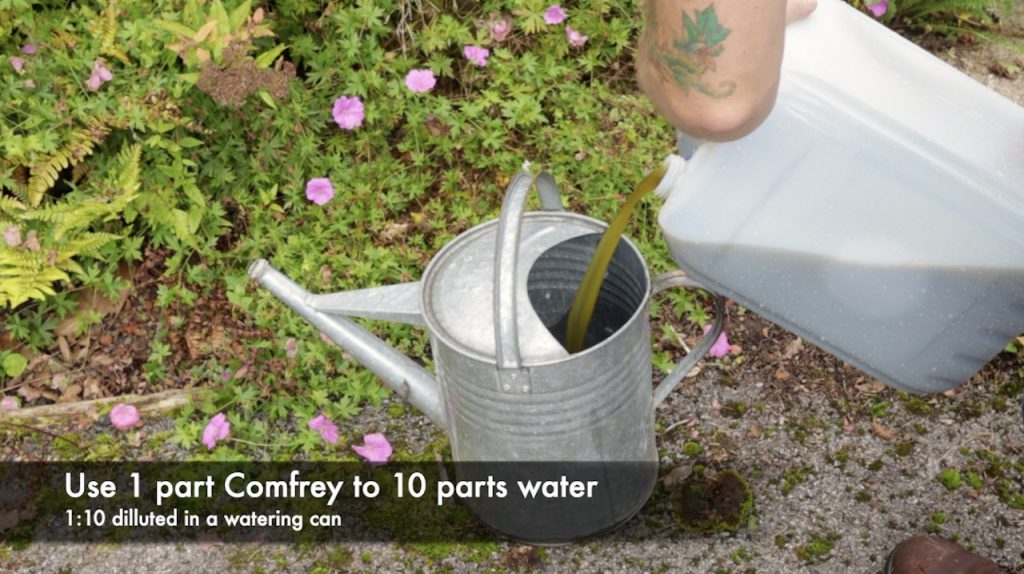
Look to feed hungry plants like Roses and Tomatoes once a week when in full growth or fruiting. This is also a great feed for hungry hanging baskets and containers with annual plants (ie those bedding plants and similar that just live for one growing season).
Remember we talked about saving those stalks when we cut back the Comfrey? Well, they can be used in your compost bins as an activator or chopped up and added directly to veg beds as a top dressing mulch. As they break down, all the other good bits from them will be absorbed by the soil and ready for your plants to benefit from!
There are a few other handy uses when you're growing Comfrey Bocking 14:
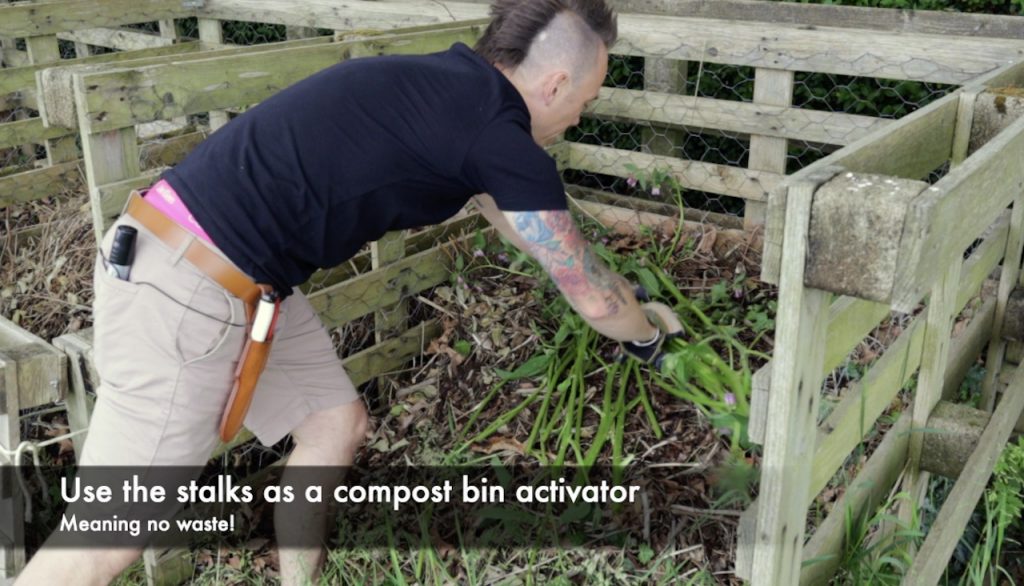
I get asked a lot about how to quickly shred or cut up comfrey to add it to flower beds, compost heaps or even to make tea. Using a lawn mower can be a good way to slice and collect comfrey.
To do this, cut your comfrey and lay it out on a lawn. Use a lawn mower on a medium setting with the collecting bag on and make several passes over the comfrey until the mower has collected it.
You can then use this shredded comfrey as a garden mulch, a compost bin improver or to make comfrey tea! Simple!
Comfrey is an absolutely fantastic plant if you want to make your own plant food for free or you simply want to stop relying on mass-produced fertilizers, which can be bad for the environment. Even the smallest garden space could make way for one comfrey plant somewhere near a compost bin or shed that should make enough comfrey tea to last all season.
So why not give Comfrey tea a go and let me know on my Social Media channels how it's gone for you?
Happy Gardening!



You must be logged in to post a comment.

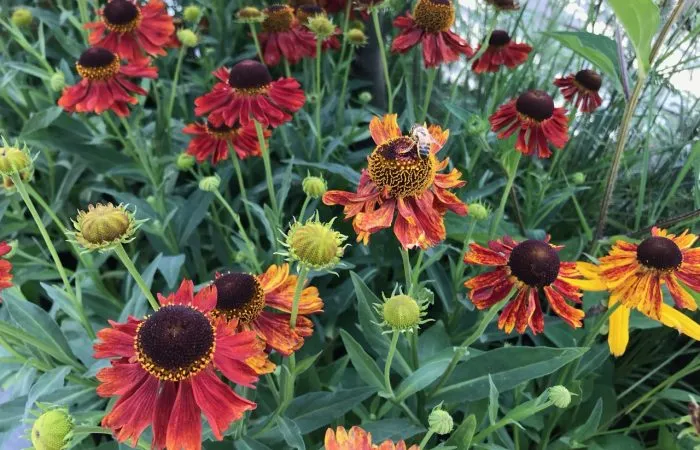
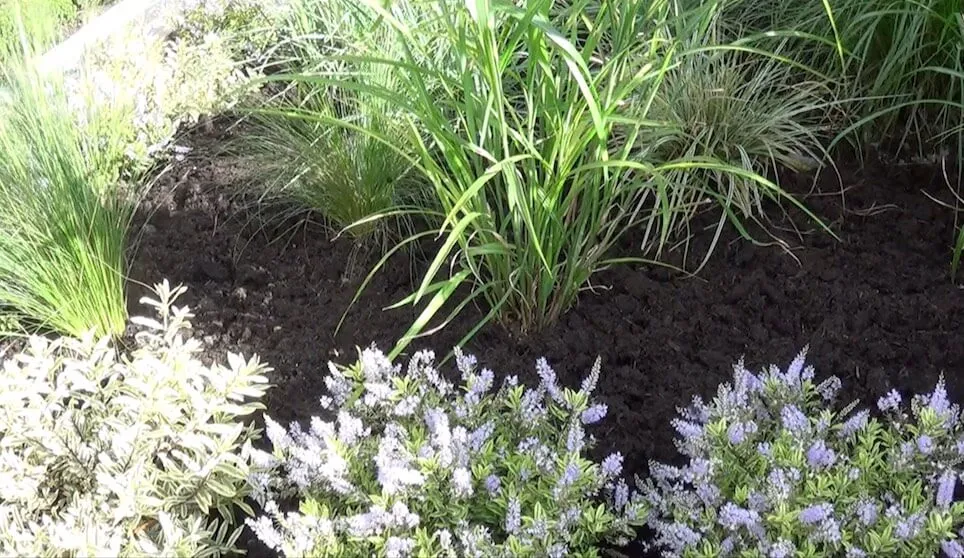

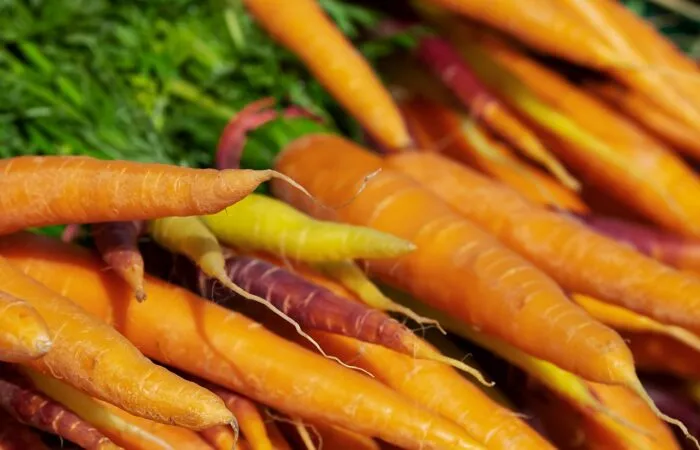
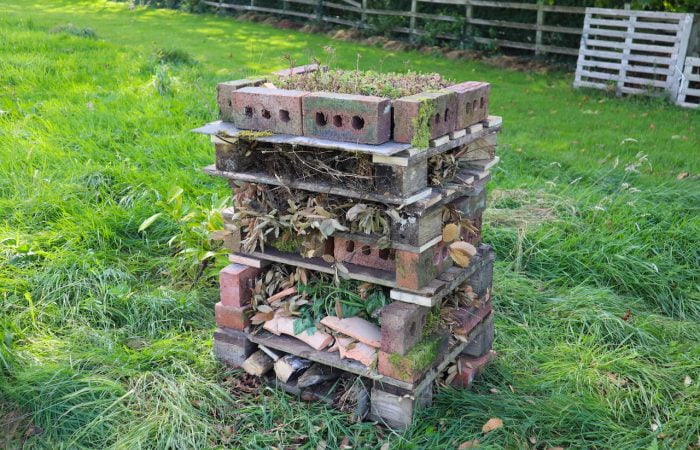
JOIN THE NINJAS

Be the first in line for new Guides, Discount codes and Offers
Hi,
great presentation mate! Really enjoyed reading it.
Only problem is that is presents method which should never be used.
What you are doing is anaerobic digestion.
I would strongly advise against this approach for several reasons:
1) anaerobic conditions promote development of many harmful bacteria including Sulfate reducing bacteria which produce poisonous H2S and Methanogens which will produce methane which in turn will escape to the atmosphere adding to the greenhouse gases.
2) anaerobic conditions promote development of denitrifying bacteria which convert nitrates to gaseous nitrogen. The point of fertilizer is to gather/concentrate nitrogen (and other nutrients) and not to let it vent into the atmosphere.
3) It takes much longer to “brew” then it should
4) it smells horrendously. The aroma is clear sign/warning that the stuff is not something to play with …
Instead you should produce comfrey tea vie aerobic method.
There are two tried and tested methods:
faster: get a tub or bucket, shape is not important, fill with water, add some leaves. (“some” and not tons of them) And run an air pump (aquarium type) with an airstone to aerate the concoction.
simpler: get a tub, shallow and wide. Point is to maximize surface area in relation to volume to boost gas exchange between water and air around. Add water and some leaves. let it sit.
In both cases:
– IMPORTANT – the container should be covered by mesh to prevent mosquito and other flying insects from lying eggs. Not only mosquitos are nuisance (and can be dangerous – dengue fever, west Nile virus etc!) but also all flying insects who’s larvae grow in the mixture and then fly away are “stealing” nutrients within their bodies.
– If you want the leaves to start breaking down quicker you can pour boiling water on leaves before putting them in the container or wrap in plastic foil and set on sun exposed place to “cook” them for few hours or chop/smash/squash them first. Point is to kill the tissue so it starts decomposing quicker.
– every few days pour water out and use it strait, no dilution, on your plants then add replace with new dechlorinated water. Either get some water day before and let it sit to lose chlorine or better use water from rain collecting barrel. Also add few more fresh leaves of comfrey.
– you can add some Daphnia/Moina if you have any around. Not imperative, but it will slightly speed up process of converting biomass into mineral fertilizer.
What happens in these continuous systems is that aerobic microbes multiply breaking down the plant tissue. Once poured onto the soil they continue to live and do their job breaking down organics and are enriching microbe population of the soil itself. By using fluid produced that way you are supplying not only nutrients but beneficial live itself as well.
With anaerobic system all the microbes in that “witches brew” are nasty/dangerous anaerobes and will die (the quicker the better!) due to sudden access of oxygen which is poisonous to them and then the aerobic microbes will start working on new supply of organics. By adding the “witches brew” the aerobic microbes population will get a bit of hit and will decrease, then will have to bounce back. Not ideal situation when compared to “aerobic method” in which you not diminishing existing population but boosting it !
Please amend the great tutorial, so other people chose aerobic and avoid anaerobic path to plants, environment and gardeners benefit!
Kind Regards.